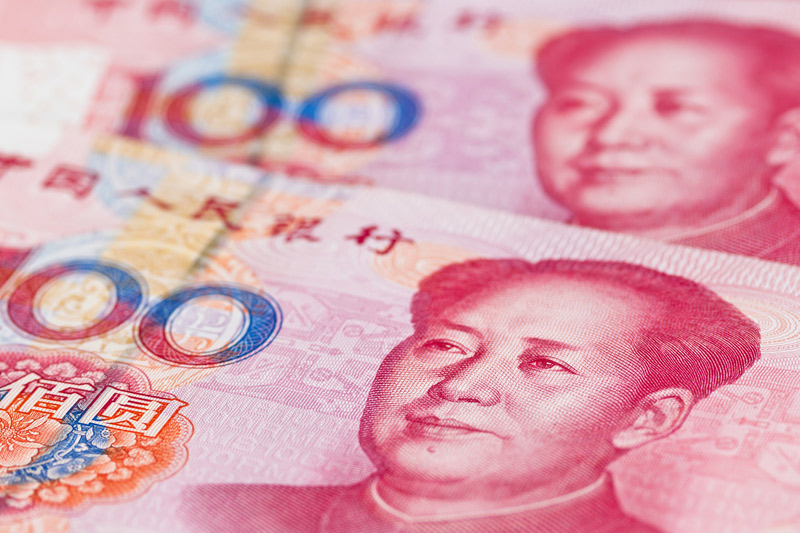By Sneha Shankar - The U.S. government Tuesday criticized China for the recent depreciation in the yuan, calling the movement unprecedented, but stopped short of accusing Beijing of manipulating the currency, even as China’s Gross Domestic Product, or GDP, growth reduced to its slowest pace in 18 months in the first quarter of 2014.
The U.S. Treasury said the weakening yuan would “raise particularly serious concerns" if the currency's most recent fall signaled a change in Beijing's policy to allow the yuan to appreciate based on market forces. Last month, China had doubled the range within which the yuan can move against the U.S. dollar but the yuan has seen a downward trend due to external pressures including lower consumer spending and industrial production, which indicate a slowing Chinese economy.
"The Chinese authorities have been unwilling to allow an appreciation large enough to bring the currency to market equilibrium, opting instead for a gradual adjustment which has now been partially reversed," the Treasury Department said, adding: "China should disclose foreign-exchange market intervention regularly to increase the credibility of its monetary policy framework and to promote exchange-rate and financial-market transparency."
The latest criticism follows the U.S. Treasury's comments, six months back, about Germany's economic policies, which the U.S. said was creating problems for its neighbors in the euro zone and for the global economy. A report from MarketWatch noted that China has not been called a currency manipulator since 1994 for fear of worsening trade relations. The yuan weakened by 2.6 percent against the dollar between mid-February and mid-March.
Meanwhile, preliminary data Wednesday calculated by the National Bureau of Statistics, or NBS, showed that China's GDP reached 12.8213 trillion yuan ($2.08 trillion) in the first quarter of 2014, indicating a 7.4 percent growth rate, down from 7.7 percent registered in the fourth quarter of 2013. The latest growth number was also slightly below the target rate of 7.5 percent set by the country’s leaders for 2014. Industrial production for March grew 8.8 percent, slightly below analysts' expectations of 9 percent, compared to 8.6 percent growth in January and February.

China has taken measures including increasing investments in the country's rail infrastructure, tax cuts, and a simplification of the administrative process, to help maintain the target growth rate.
"That sector is continuing to moderate and now there is an even bigger gap between industrial production and retail sales. So the rotation from relying on heavy industries towards consumption is certainly coming to fruition," Annette Beacher, head of Asia-Pacific research at TDSecurities in Singapore said, according to Reuters, referring to retail sales, which grew at 12.2 percent.
